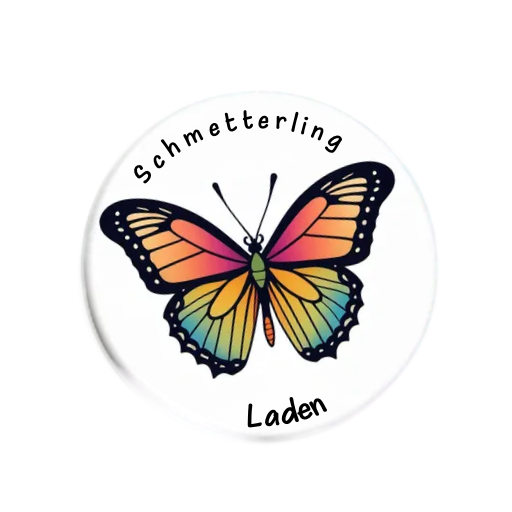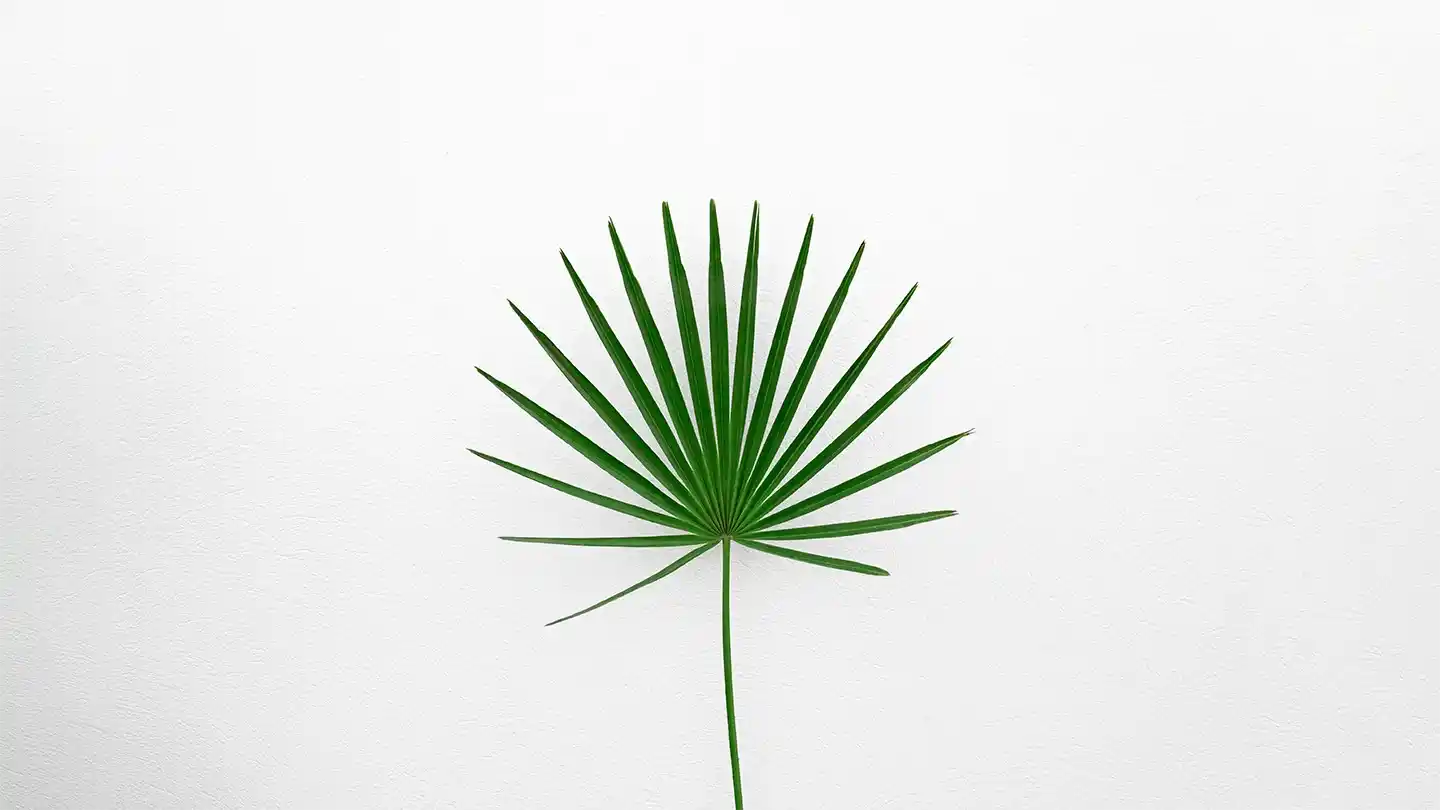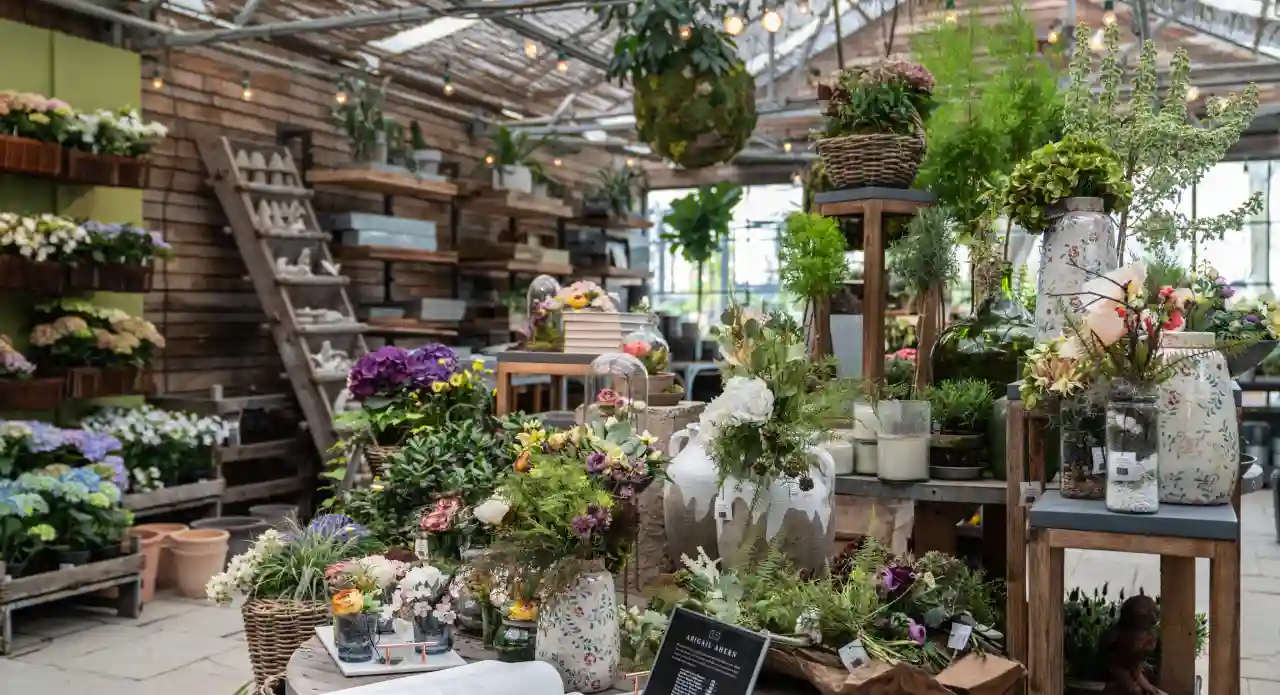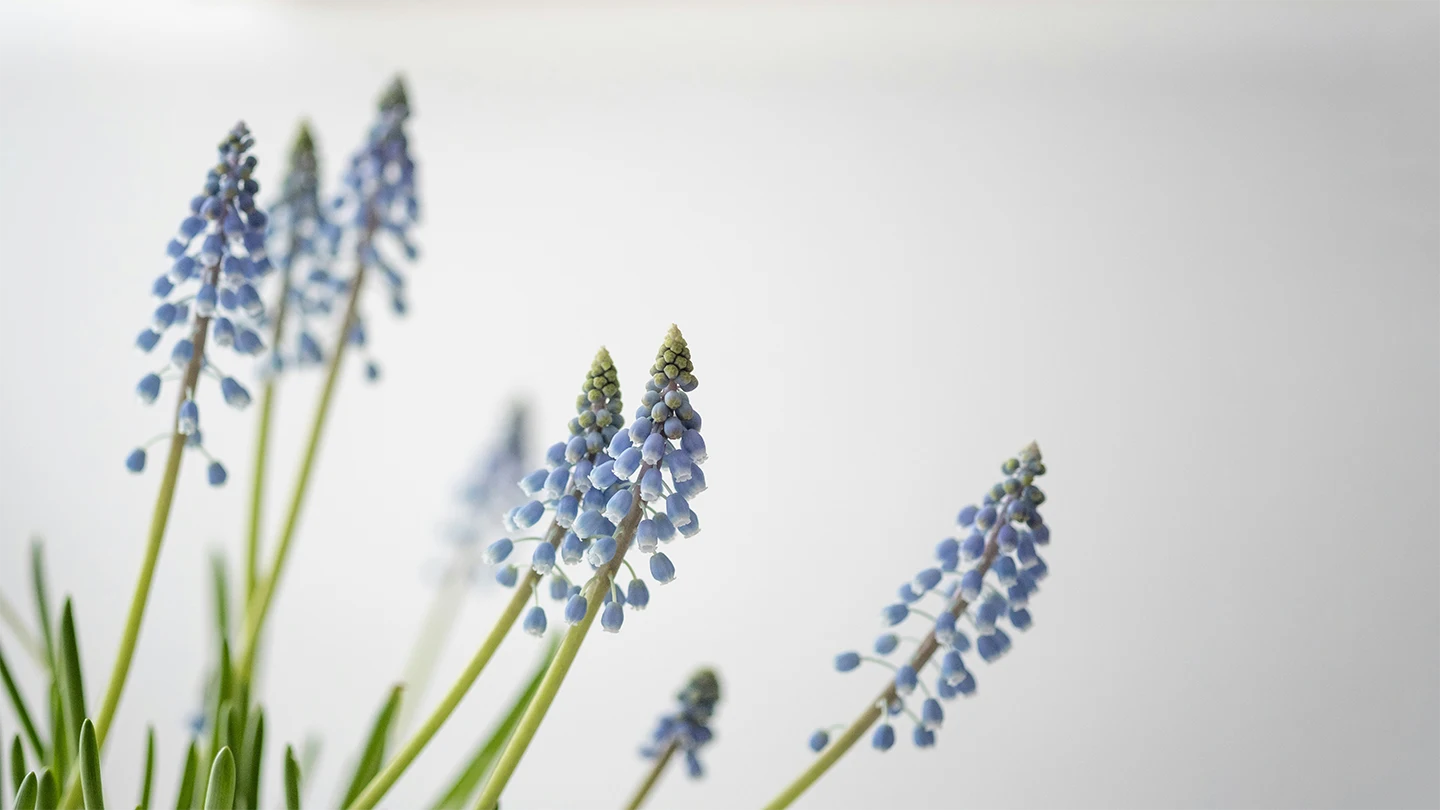
Maintaining healthy and vibrant indoor plants requires more than just watering them. By incorporating a few simple practices into your plant care routine, you can ensure that your plants stay fresh and thrive. Healthy plants are not only visually appealing but also contribute to the atmosphere of your space, making your environment feel more inviting and tranquil.
The key to keeping plants fresh lies in understanding their unique needs. Regular maintenance, proper placement, and timely attention to specific requirements can make a significant difference. With a little extra care, your plants will continue to flourish and add beauty to your home.
From adjusting watering schedules to optimizing light conditions, there are several ways to nurture your plants and maintain their freshness. Let’s explore three important methods to keep your indoor garden in top shape.
1. Proper Watering Techniques
Overwatering or underwatering is one of the most common mistakes when it comes to plant care. To keep your plant fresh, it’s crucial to find the right balance. Different plants have different watering needs, so always check the specific requirements for your plants. Succulents and cacti, for example, prefer dry soil, while tropical plants like ferns need consistently moist soil.
A good rule of thumb is to let the soil dry out a bit between waterings for most indoor plants. Ensure the pot has proper drainage to prevent water from pooling at the bottom, which can lead to root rot. If you’re unsure, stick your finger in the soil about an inch deep to check moisture levels.
2. Provide Adequate Light
Light is essential for plant health, and keeping your plant fresh starts with providing the right lighting conditions. Each plant has its own preference when it comes to light exposure. Some plants thrive in direct sunlight, while others do better in low or indirect light.
To ensure your plant gets the right amount of light, observe how sunlight enters your space throughout the day. For sun-loving plants like succulents, placing them near windows with plenty of natural light will keep them happy. If your space has limited light, opt for plants that tolerate shade, like snake plants or ZZ plants. If natural light is scarce, consider using grow lights to supplement your plants’ needs.
3. Keep the Environment Humid
Many indoor plants, especially tropical varieties, require higher humidity to stay fresh. Dry indoor air, particularly in winter months, can stress plants and cause their leaves to brown or curl. To maintain a healthy humidity level, consider using a humidifier near your plants or placing them in naturally more humid rooms like the kitchen or bathroom.
If you’re looking for a more budget-friendly option, placing plants together can help create a microenvironment with higher humidity. You can also group plants in a tray filled with water and pebbles, ensuring the water doesn’t touch the bottom of the pots. This helps maintain moisture in the air surrounding the plants.

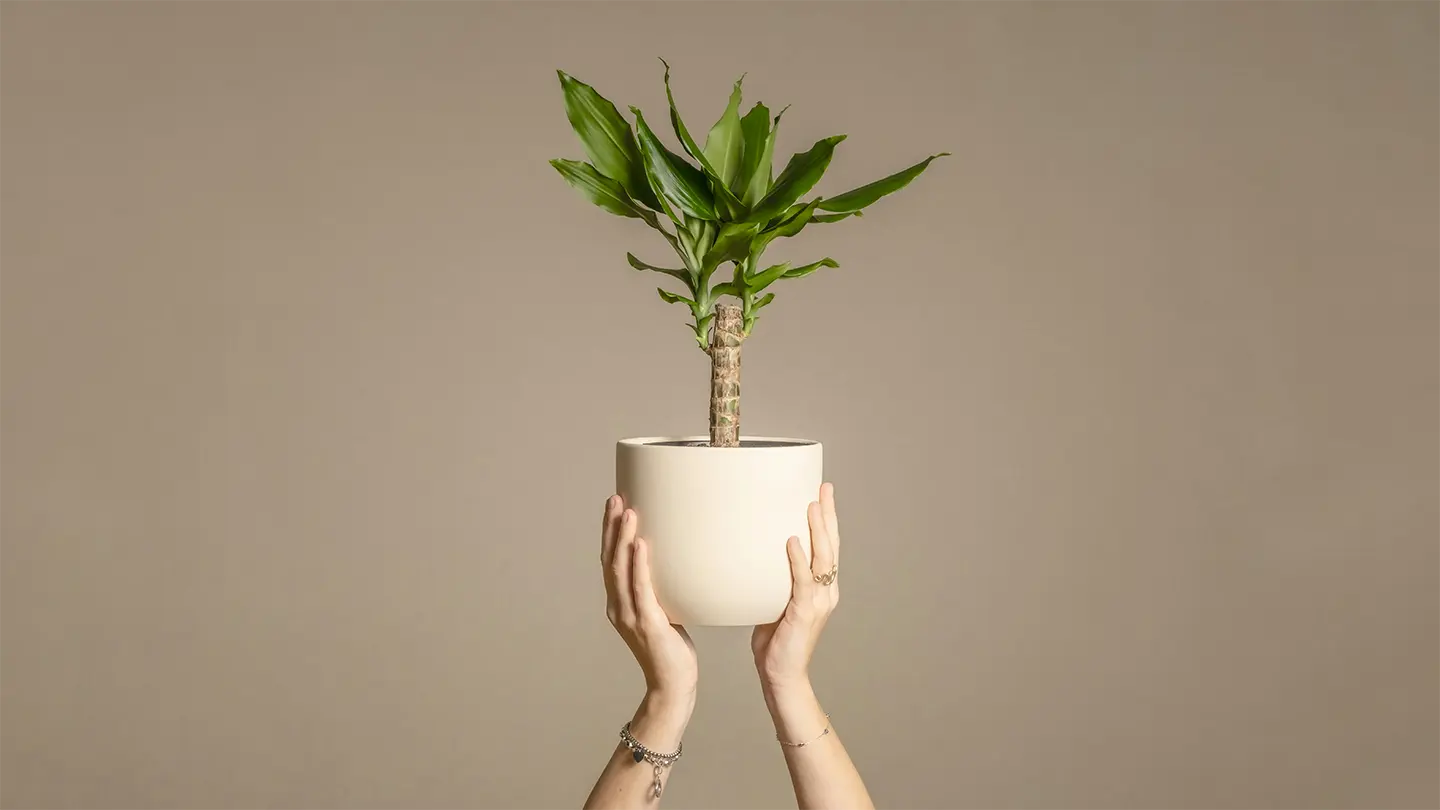
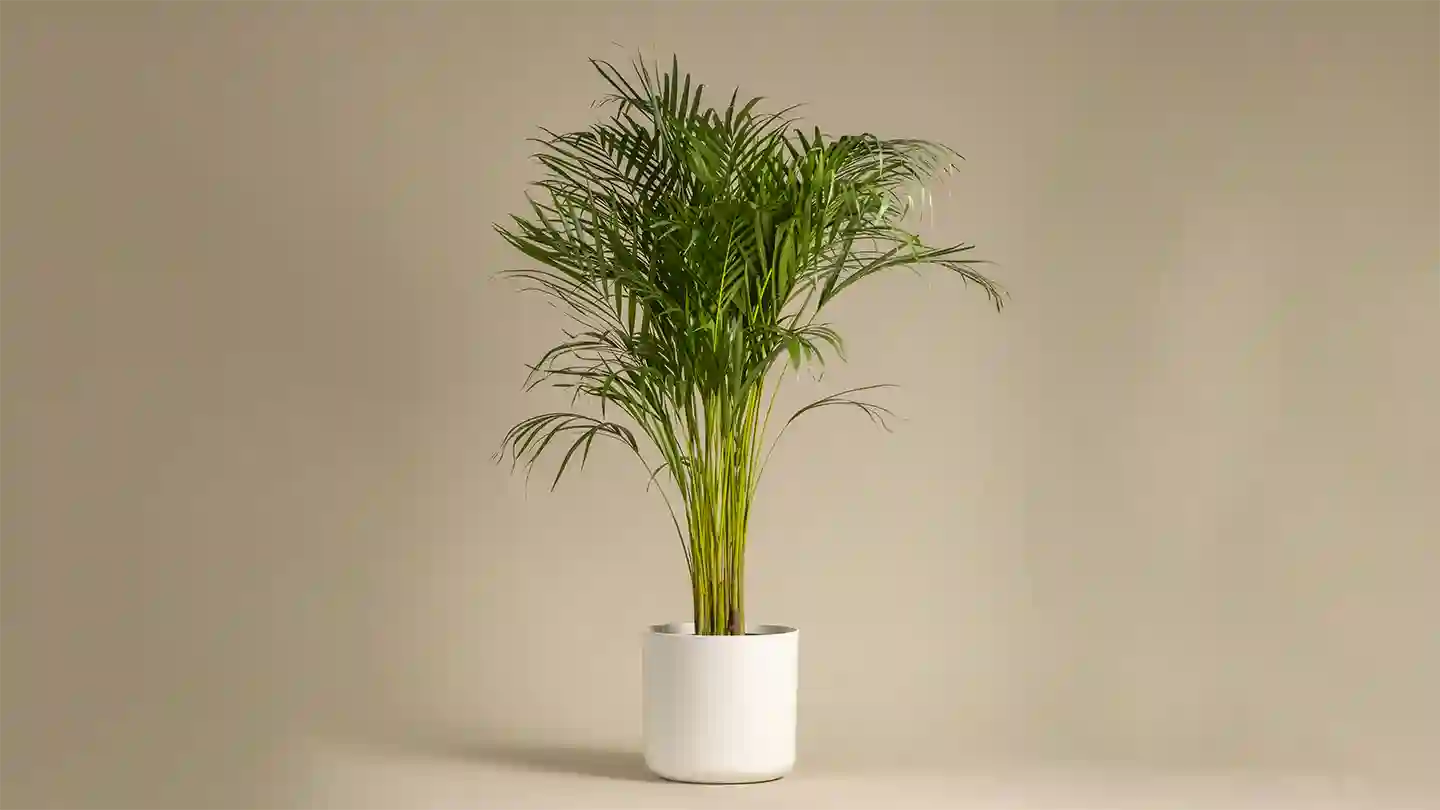
Many indoor plants, especially tropical varieties, require higher humidity to stay fresh. Dry indoor air, particularly in winter months, can stress plants and cause their leaves to brown or curl. To maintain a healthy humidity level, consider using a humidifier near your plants or placing them in naturally more humid rooms like the kitchen or bathroom.
If you’re looking for a more budget-friendly option, placing plants together can help create a microenvironment with higher humidity. You can also group plants in a tray filled with water and pebbles, ensuring the water doesn’t touch the bottom of the pots. This helps maintain moisture in the air surrounding the plants.
Compact and functional, aloe vera is a great addition to a side table in your bedroom or kitchen for easy access to its gel.
Winter jasmine offers bright yellow flowers that bloom even in the coldest months, providing a burst of color in an otherwise gray landscape.
„A plant is like a friend; it thrives on attention and care, and in return, it rewards you with beauty and life.“
— Robert Fox
